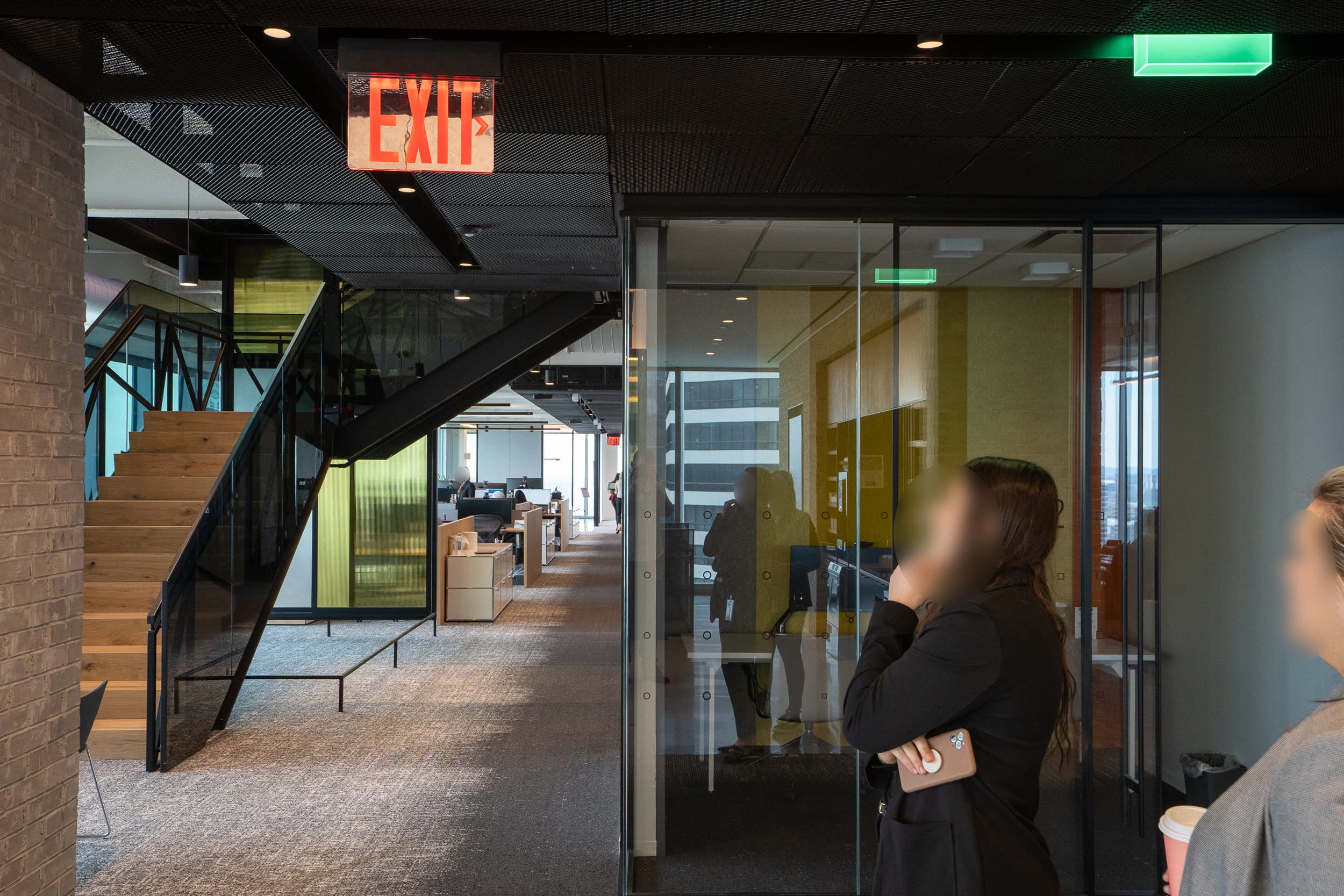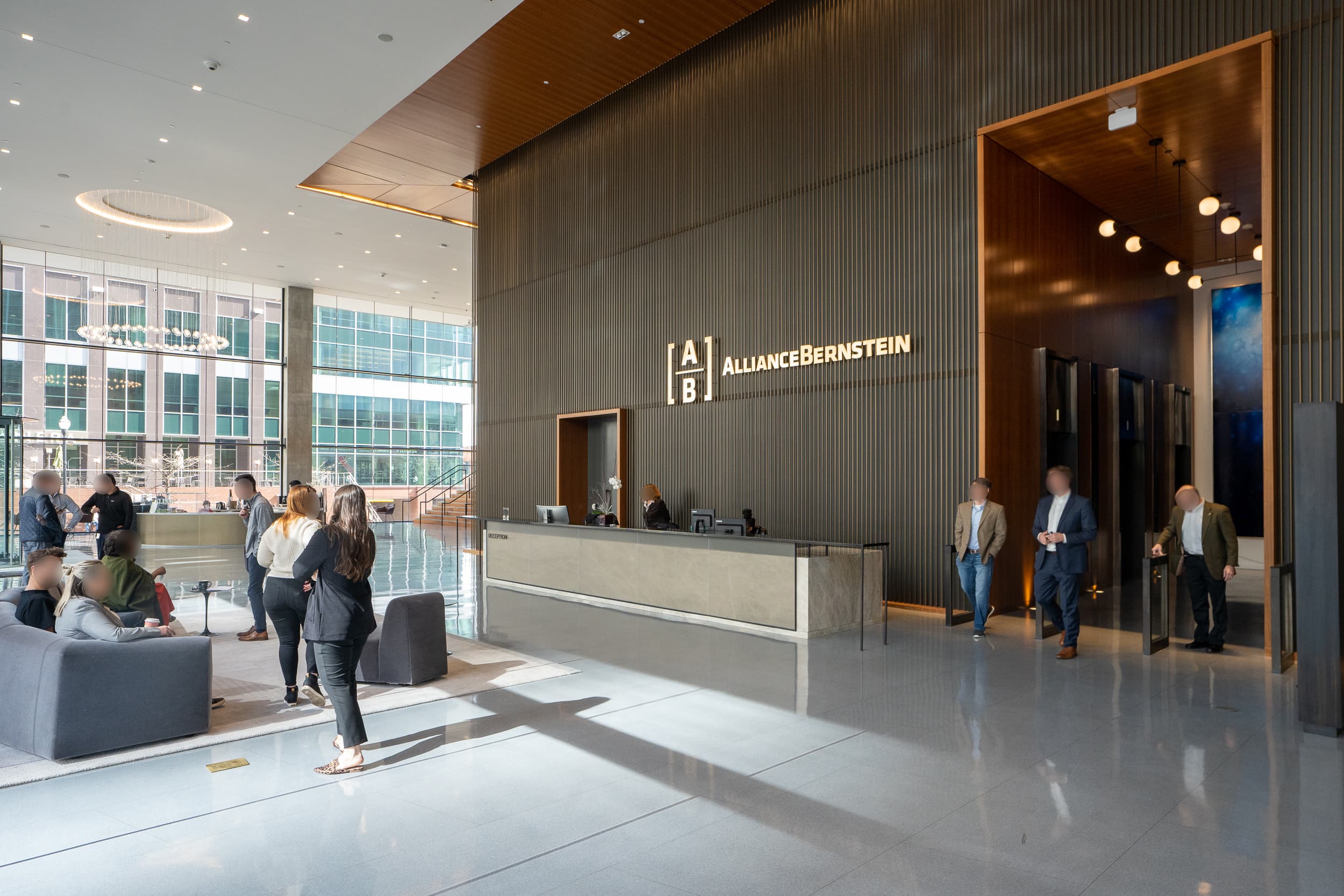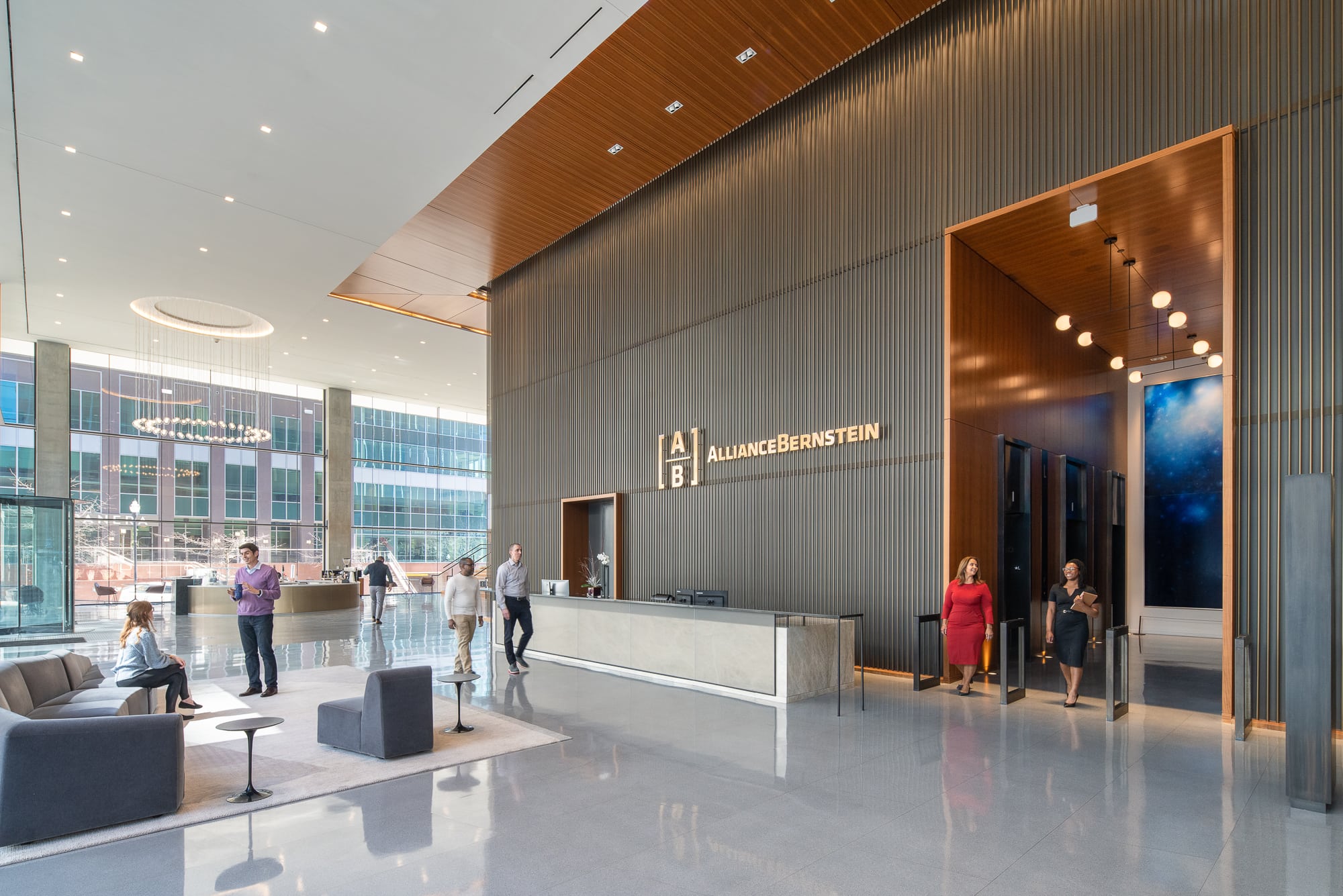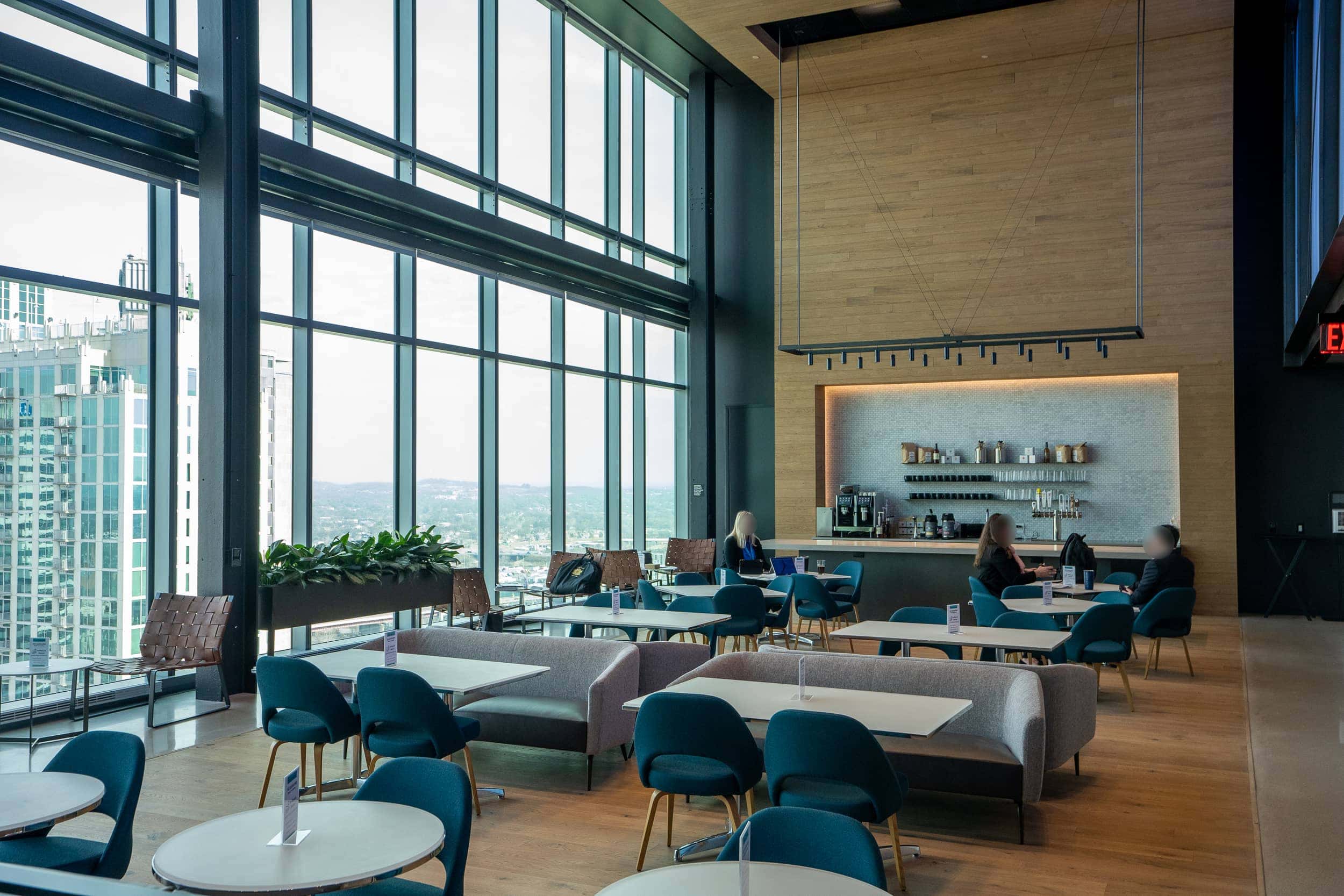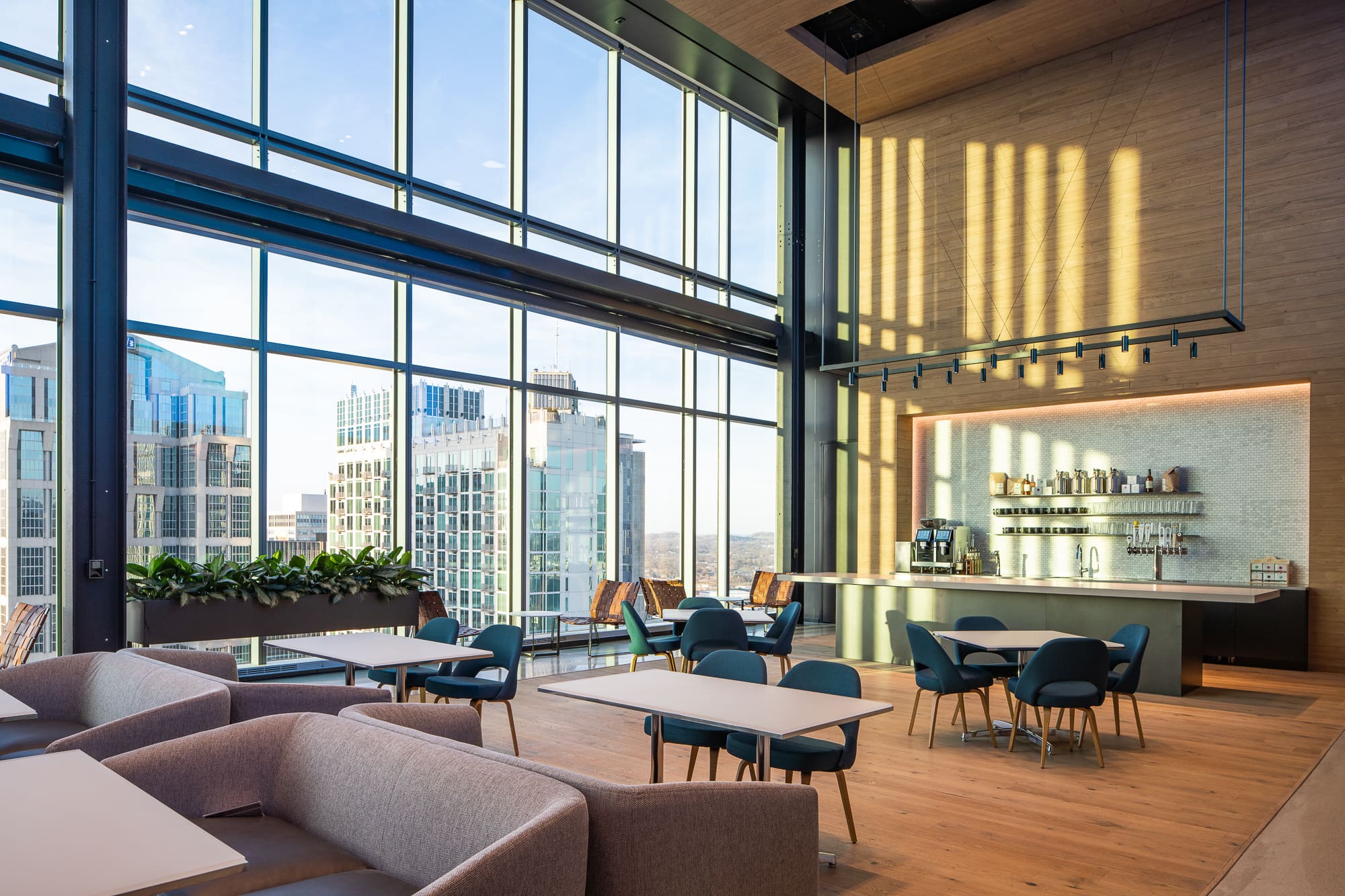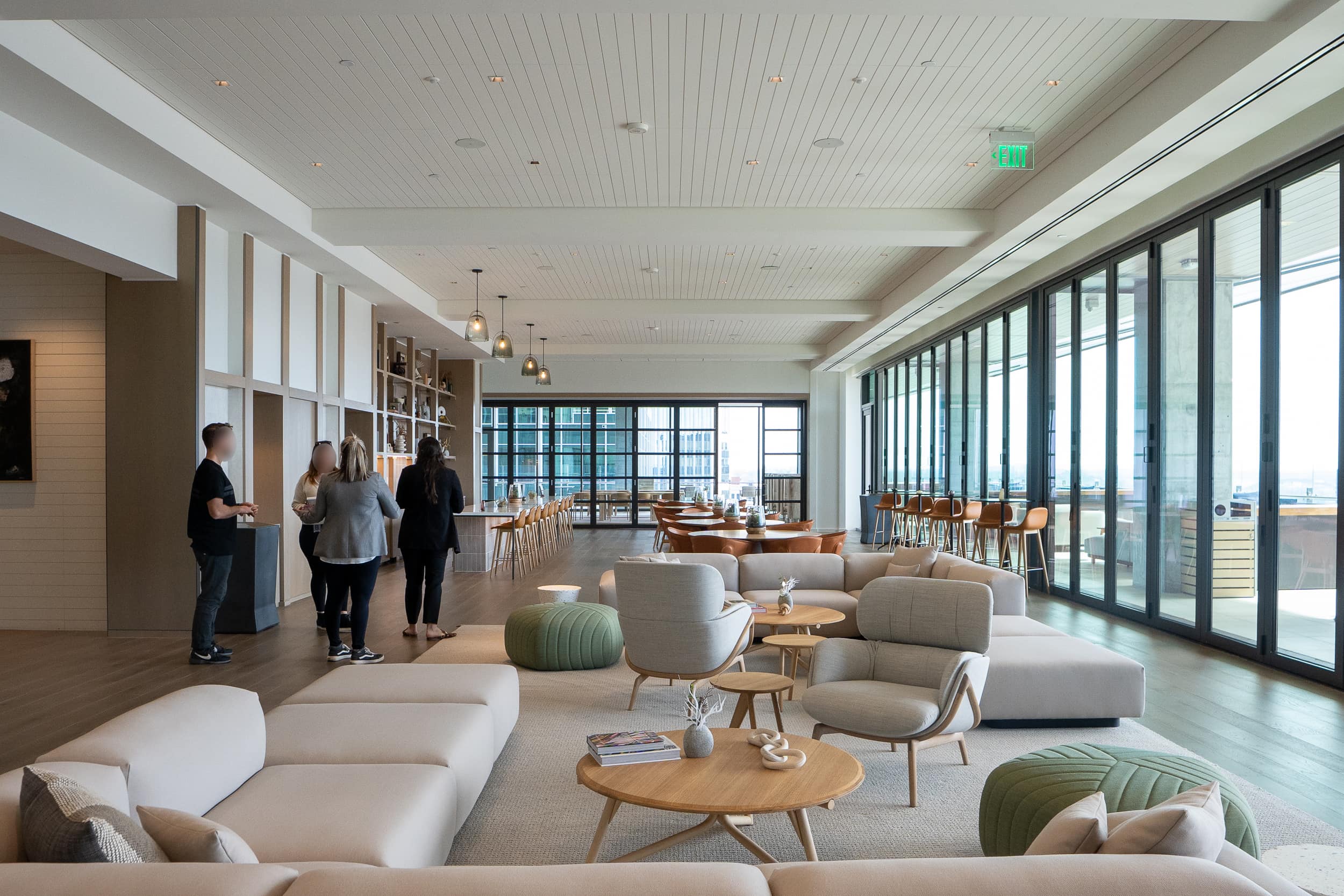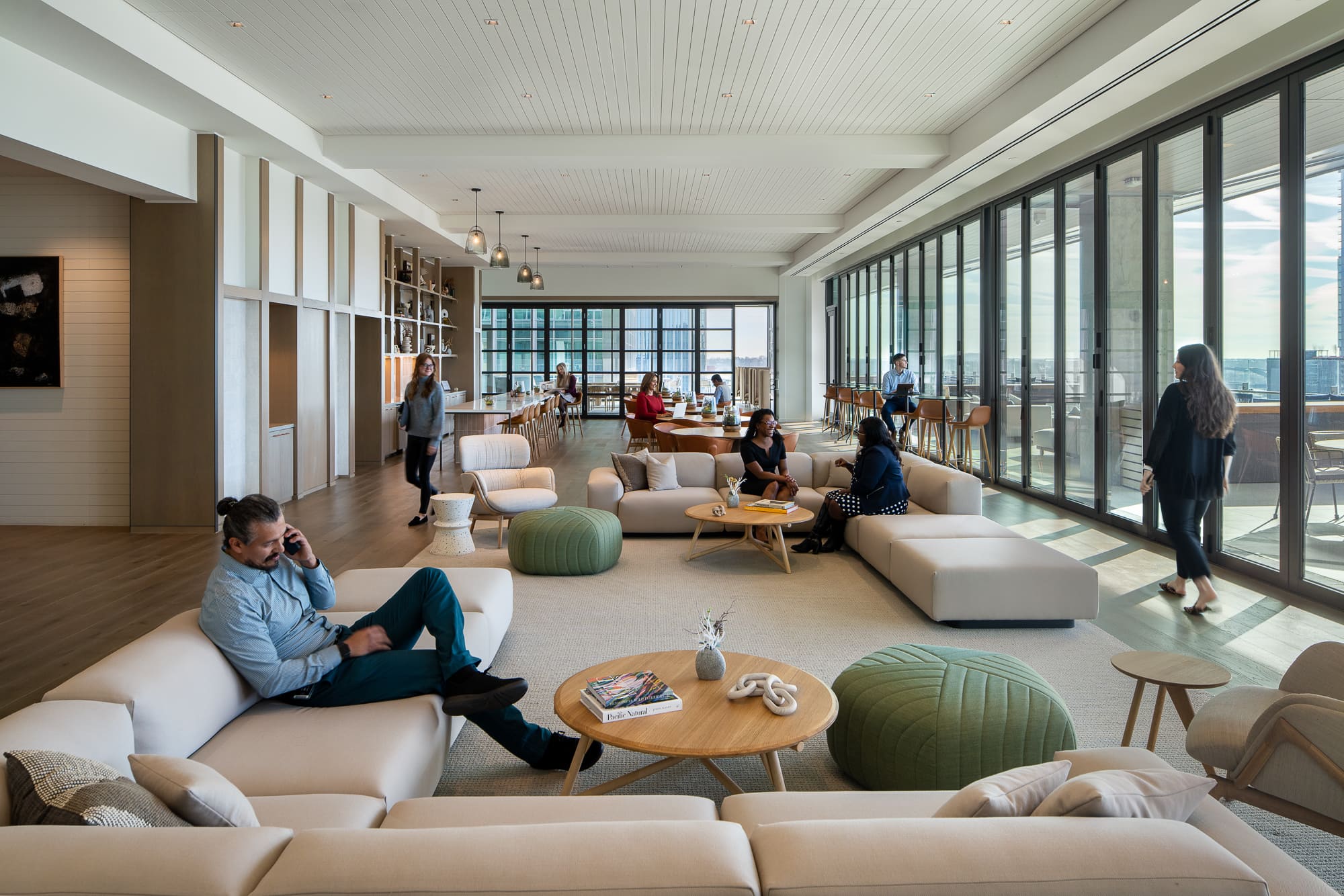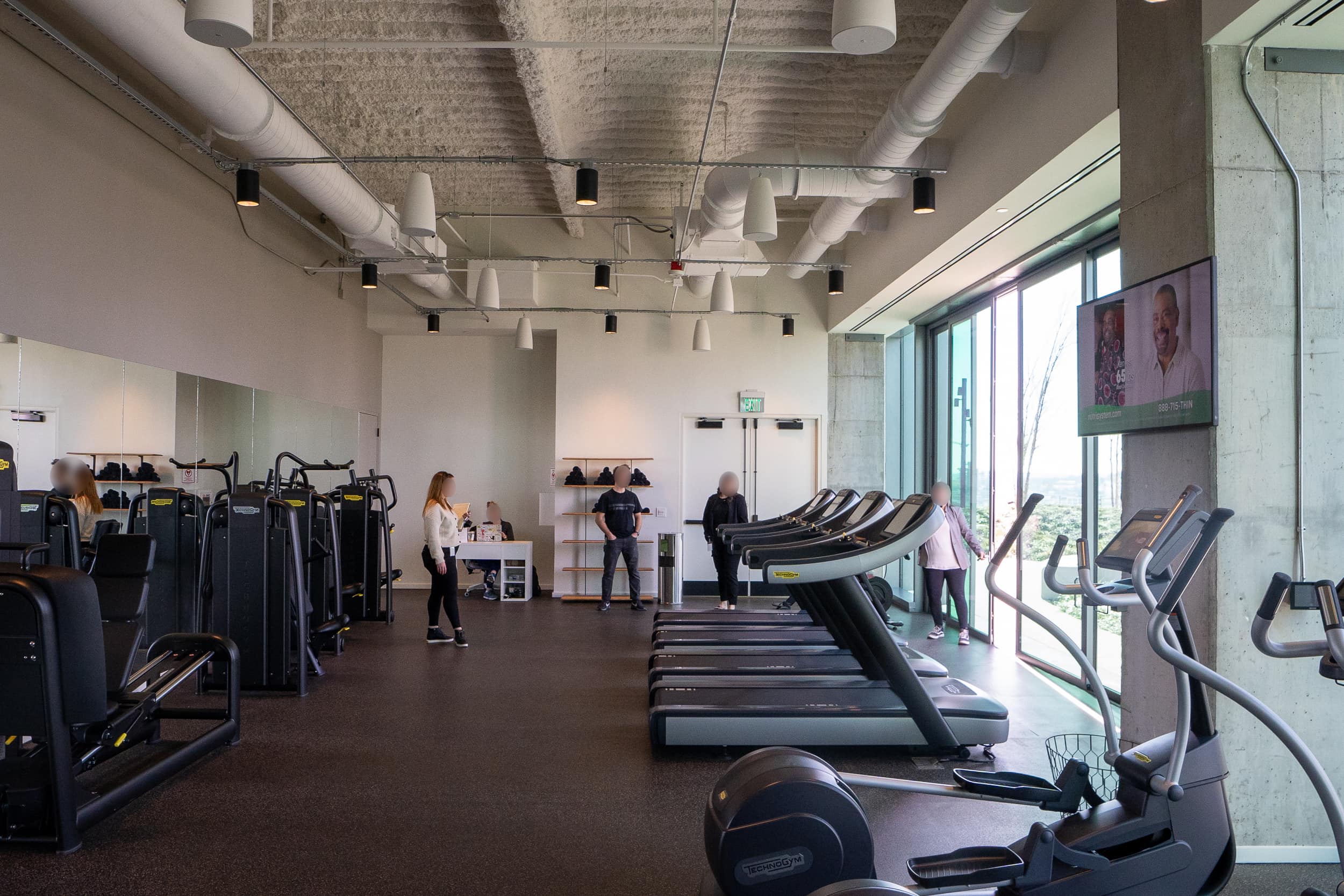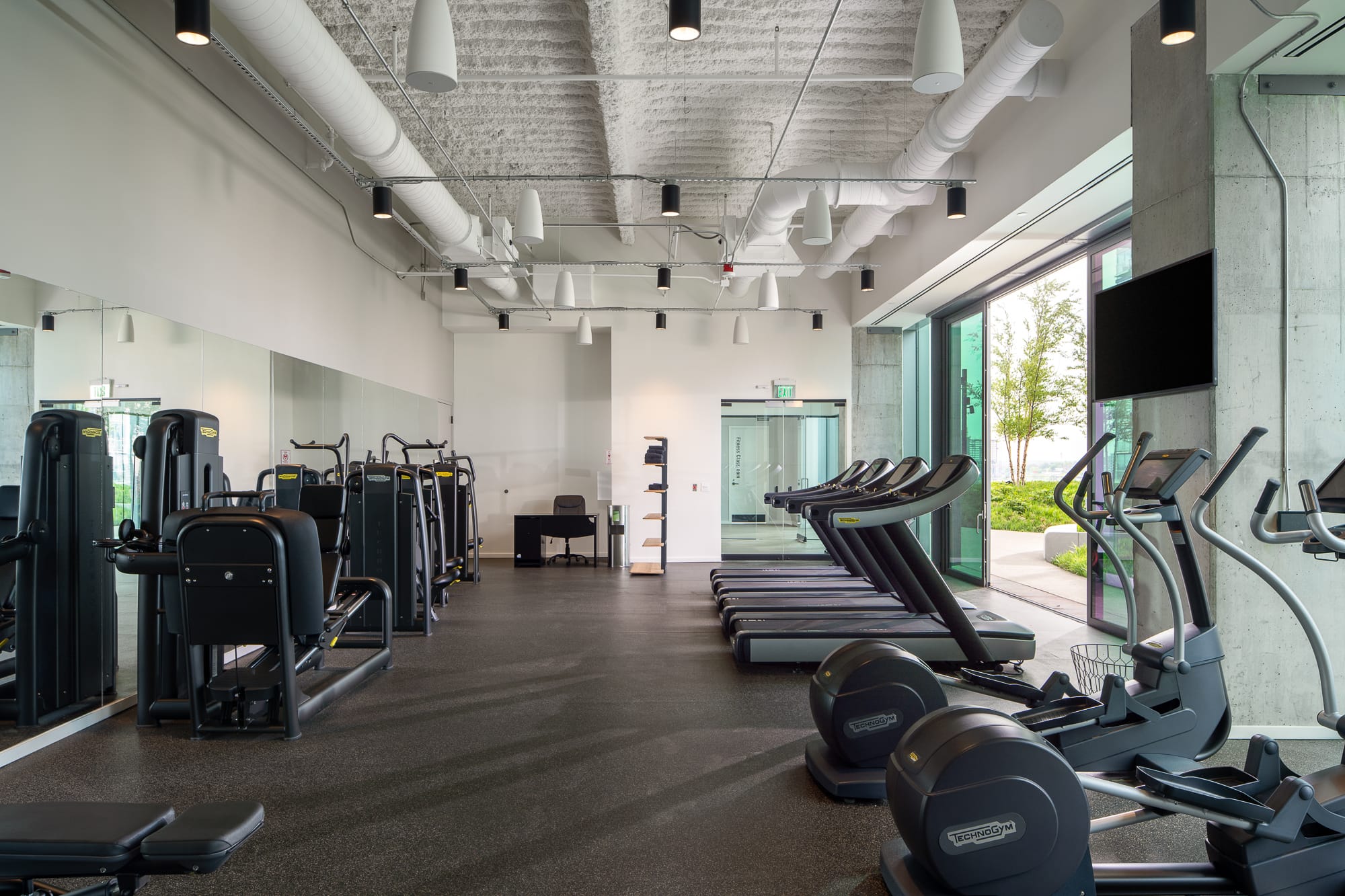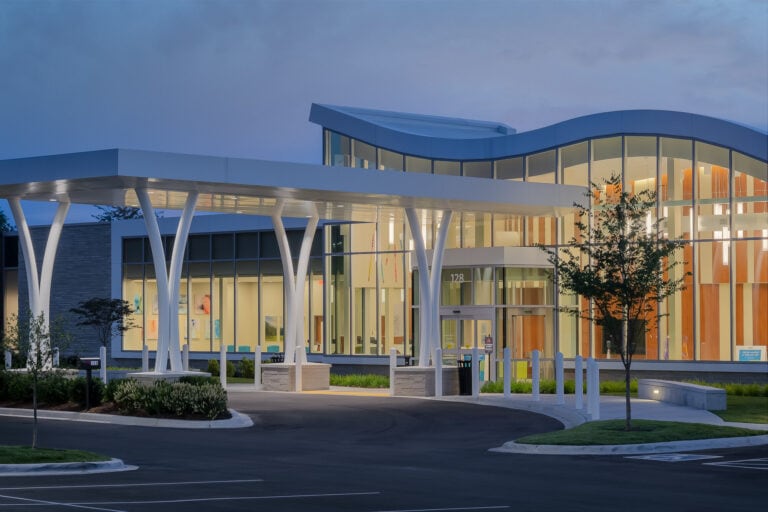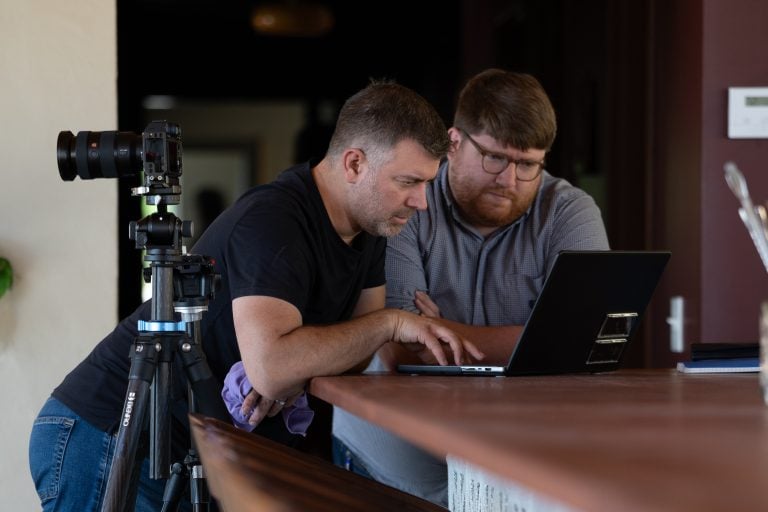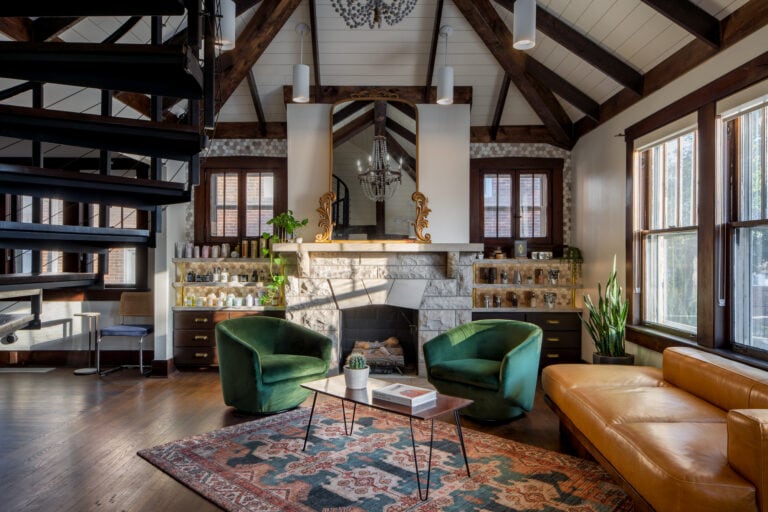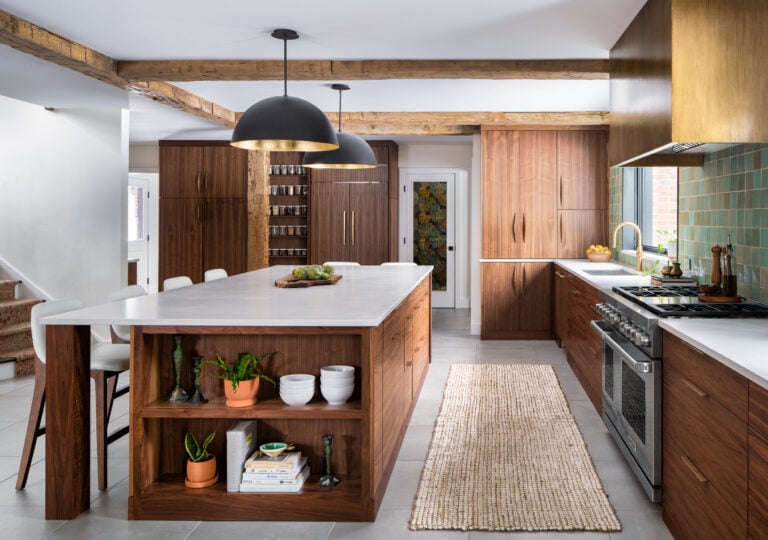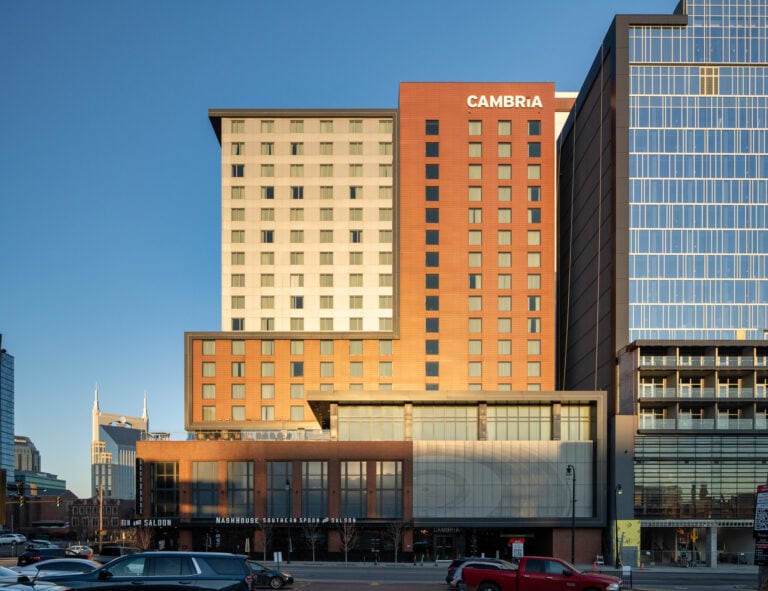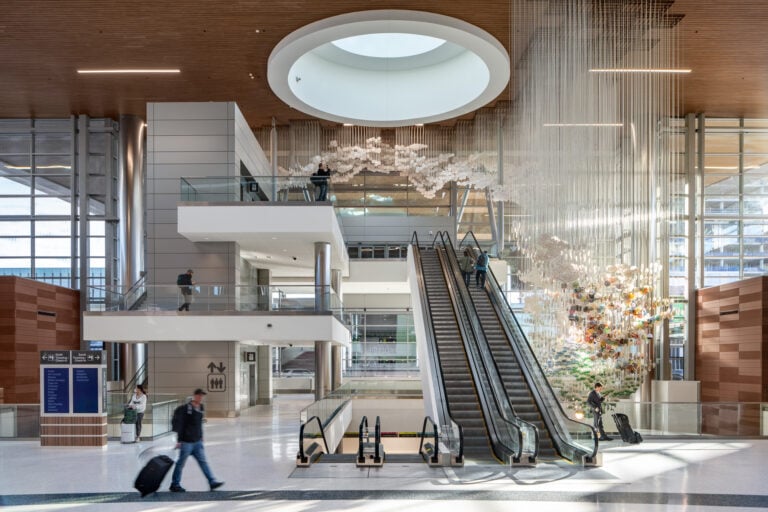Location Scouting for Architectural Photography
Location scouting is a critical task for architectural photographers. While it isn’t something that NEEDS to happen each time, when we are given the opportunity to digest the environment and pre-visualize PRIOR to the shoot, you will almost always get better results. Scouting doesn’t always need to happen days or weeks before the shoot, but it is certainly better if that is an option. When we scout the day of the shoot, it doesn’t give us time to detach from the project and plan accordingly.
Also, as I mentioned above – it doesn’t NEED to happen. A good, professional photographer will be able to create in any environment regardless of any factors. They usually have the tools needed to make a photo… or what they lack in physical tools, they make up for in their knowledge of light and composition.
Last week I shared my recent photo shoot for Alliance Bernstein. I talked about some of the challenges that I faced in photographing this project – all of which would have been significantly more challenging had I not done a location scout PRIOR to the actual shoot.
A location scout helps me to pre-visualize a photo shoot before it happens and also helps me to work more efficiently and reduce errors. A few years back, a video was created where I discuss my pre-visualization process. Have a watch:
This week I thought I would show you some of those scouting photos, as well as the finished product so that you can compare them side by side.
In this first image, you will immediately notice that we went with a much wider perspective to show off the massiveness of this lobby. I also had a few ideas that came from this scouting photo in terms of people placement.
In this next photo, it was apparent that we needed to reduce the amount of furniture and clean up the bar area from all of the clutter. I also knew that I only had a short period of time for the sun to come through these windows. Using my Sun Seeker app, I was able to see the direction of the sun at any given time. Knowing this ahead of time, I was able to plan the furniture moving accordingly in between shots. I also shifted the angle a bit to show more proximity to other landmarks in downtown Nashville.
We included people in almost every photo I made because that was part of the assignment. In larger spaces, I like spreading people out and back as far as possible to give a sense of depth. If you look at the scouting photo, while it does feel like a large space, it isn’t as easy to tell exactly how deep the space is until you throw people in the back. I also needed to position the people appropriately so that the viewers’ eyes move easily throughout the frame. And, for the art geeks, you also may notice that I intentionally tried to position people in a “golden spiral”.
Finally, this one might be pretty self-explanatory. It was important to show off the sliding doors that brought the outside-in… but it was February when we were scouting and I wouldn’t be able to get this view until April when the trees finally bloomed. This photo may not seem that complicated, but this is a perfect example of why I practice pre-visualization. This was the last shot we needed to complete the assignment and I came downtown just for this. By the time I was able to get in to shoot this room, it was raining and overcast pretty much all week. I needed sun. I needed long shadows for continuity across the whole space. Because I knew I wasn’t going to get that, I knew I would have to manufacture it. I was able to reduce the amount of equipment I brought down to a backpack and a tripod bag that fit my 10′ light stand and strobe. I had a vision in my head of those long shadows coming through and I knew exactly how I was going to do it before I even arrived. I knew how high the light needed to go up and exactly where to place it to get the shadows to angle how I wanted them to. All of this to say that it didn’t matter if it rained or not… pre-visualizing this shot allowed me to get in and out in less than 30 minutes.
Hopefully, this was an insightful post for you and helped better understand the importance of scouting. Yes, there is a fee to do this and that fee may vary by the photographer, but the way I scout is a very involved process.

